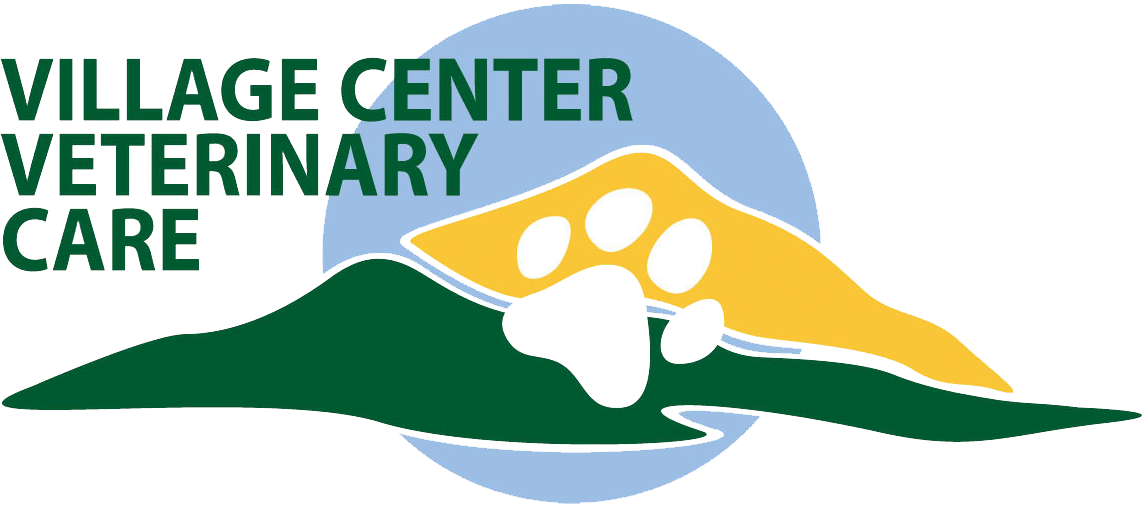The weather is warming up and it is time to get out in the mountains with our dogs to enjoy the beauty that our region has to offer. Frequently our hikes will take us along creeks, streams and ponds, and that triggers significant concerns for many people that their dogs may pick up Giardia as a result of drinking contaminated water.
Giardia is a one-celled parasite that attacks the lining of the small intestine. In people, infection with Giardia often results in violent vomiting and diarrhea and a general feeling of being run over by a truck, which is enough to utterly ruin a backpacking trip. Dogs are also susceptible to Giardia, but they rarely get very sick, most commonly developing non-urgent diarrhea and otherwise feeling generally normal.
The Giardia organism forms cysts, which are like little infectious eggs, that are shed out of the infected mammal’s body onto the ground in the stool where, if they are encountered and ingested by another susceptible host they will spring to life and go to work in that animal’s small intestine. The cysts are designed to survive in the environment for some time, but when they dry out they die. Streamsides and ponds offer a moist environment for longer survival of the cysts, and this leads to the common perception that drinking from streams and ponds is a good way to become infected with Giardia. In reality, the majority of canine infections come from situations where lots of animals are housed together in close quarters, like research facilities, breeding facilities, or hunting dog training camps. I see cases of Giardia fairly frequently, but it is actually uncommon to see cases that have resulted from drinking from ponds and streams.
Because both dogs and people can be infected with Giardia there is logically some concern about infected pets passing the Giardia on to family members. Studies have found, however that transmission from pets to people is not a significant factor in human cases of Giardia. I suppose if there are severely immunosuppressed individuals in a family or small children who will put some surprising and unexpected things in their mouths the risk of exposure to those individuals may increase mildly.
There are several treatment options for Giardia that are inexpensive and effective, so after a diagnosis made by looking at a stool sample most cases can be quickly resolved. A vaccine to protect against Giardia exists, but it has not been shown to be very effective, so I have difficulty recommending it enthusiastically.
This leads to the question of what to do with the dog while out on a streamside or lakeside hike. Lots of people tend to view mountain streams as flowing toxic waste, sure to cause illness and possibly death if touched in any way. Of course nobody wants to get sick themselves or to have their pet become sick, so they fight with the dog every step of the way to keep him from jumping into the water. Of course the dog doesn’t understand why that perfectly lovely body of water that will cool him off, slake his thirst, and be generally fun to splash around in is off limits, so the hike becomes a battle of wills about whether the dog will be getting in the water or not. Inevitably the dog will break away at the end of the trip and jump in the water anyway, negating all the work put into the wrestling match that was supposed to be a hike.
I am going to take the radical stand that owners should let their dogs get into the water. Let them splash around and cool off. Let them drink the water. Yes, there is a tiny chance that they could pick up Giardia, but the chances they will get exposed at the dog park or even in the course of every day life are greater. Hikes are made to be enjoyed, so both you and your dog should put your energy into the walk instead of worrying about unlikely infectious dangers lurking in the water

